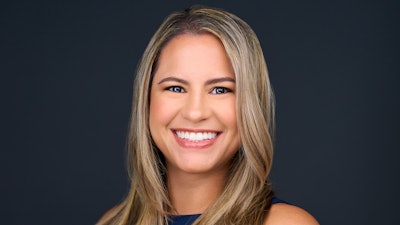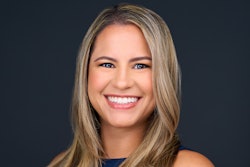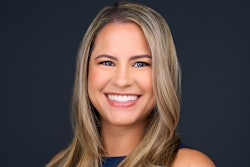
We expect changes in the Code on Dental Procedures and Nomenclature (CDT) each year. The CDT code was designed to support uniform, consistent, and accurate dental service documentation. The goal of the CDT is to facilitate efficient processing of dental claims, populate an electronic health record, and record services rendered and services to be delivered in a treatment plan.
When new codes are added, existing codes are revised or familiar codes are deleted, and it may take a while to implement the changes into the dental practice's routine. Frustrated front-office staff often ask, "Where is the code we've always used? What is the code we use now? Why is the insurance company saying this code is no longer valid?" Keeping dental practice management software up to date is necessary, as is keeping the latest CDT coding books for the business team.
CDT 2020 marked the addition of a code (D7922) to the oral and maxillofacial category of service (other repair procedures), which fills a documentation and reporting gap. Until its addition, there wasn't a way to record the use of definitively biological materials (e.g., Gelfoam, the Zimmer collagen plug) at the time of extraction to decrease the risk of bleeding and allow for clot stabilization.
The full CDT code entry for documenting delivery of this procedure on or after January 1, 2020, is D7922 -- Placement of intrasocket biological dressing to aid in hemostasis or clot stabilization, per site. This procedure can aid in hemostasis during and after extraction. The socket is packed with a hemostatic agent to aid in hemostasis and/or clot stabilization.
Before D7922 became part of the CDT code, there were workarounds for documenting the use of an intrasocket biological dressing. All these workarounds required preparing a narrative for inclusion in the patient's chart (record) and submitting a claim. The dentist providing care would determine the most appropriate code for the clinical scenario.
Reporting any of the following codes is appropriate in other circumstances. All require preparing a narrative for inclusion in the patient's record and on a claim submission. As always, the dentist providing care would determine the most appropriate code for the clinical scenario:
- One option would be a specific "by report" procedure, such as D9930 -- Treatment of complications (postsurgical) - unusual circumstances, by report. One example would be treatment of a dry socket following extraction or removal of bony sequestrum.
- Another option would, depending on the primary procedure performed, be an "unspecified ... by report" procedure, such as D4999 -- Unspecified periodontal procedure, by report. This item is used for a procedure that is not adequately described by code language. Be sure to describe the procedure in detail.
- Code D7999 -- Unspecified oral surgery procedure, by report is used for a procedure that is not adequately described by a code. Please ensure that you describe the procedure in detail.
The problem with any narrative accompanying a procedure is that the content, scope, and writing style are not standard (i.e., solely determined by the dentist) and that the information is not captured, transmitted, or able to be analyzed in a machine-readable (i.e., code) format.
Clarity is the most critical factor in preparing a narrative. Avoid using acronyms and abbreviations that the claim examiner may not recognize. The narrative is recorded in the small Remarks field on the claim, hence the use of acronyms. However, it is better to use additional attached documentation for clarity's sake. Contact your practice management vendor to learn how the electronic claim submission includes the narrative.
Each payer has a list of supporting documentation that they want to see for specific coding categories and procedures. If the information you provided does not support the claim, you may be denied payment, or there may be a request for more information, causing delays and limiting cash flow. For prompt reimbursement, keeping abreast of changes to the CDT is imperative for cash flow and peace of mind.
Editor's note: References are available upon request.
Estela Vargas, CRDH, is the founder and CEO of Remote Sourcing, a dental insurance billing and revenue recovery service. She is a graduate of Miami Dade College's dental hygiene program. Vargas' extensive background in the clinical arena of dentistry is coupled with her experience as a practice administrator and business executive.
The comments and observations expressed herein do not necessarily reflect the opinions of DrBicuspid.com, nor should they be construed as an endorsement or admonishment of any particular idea, vendor, or organization.



















